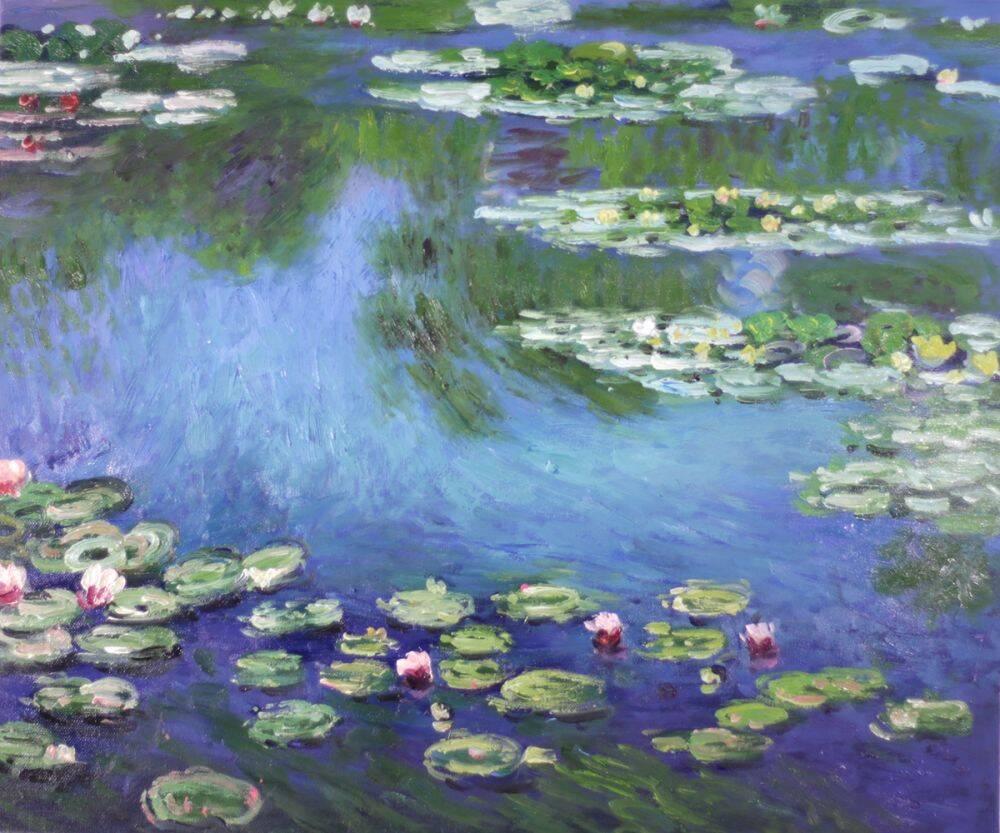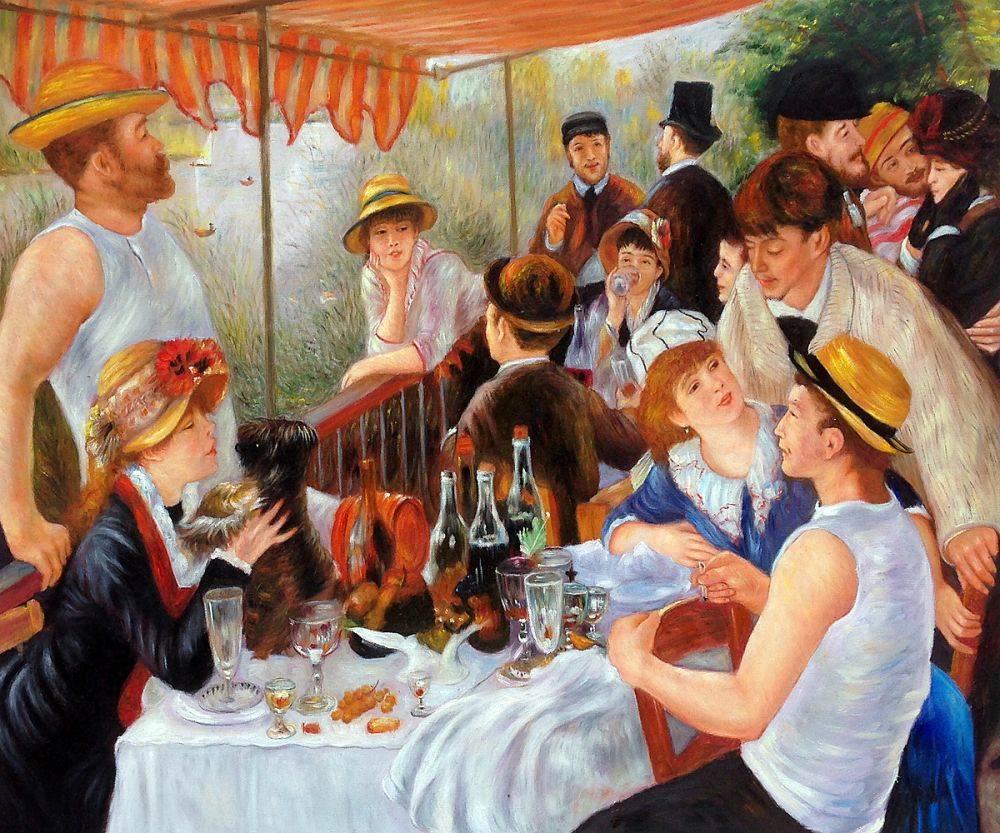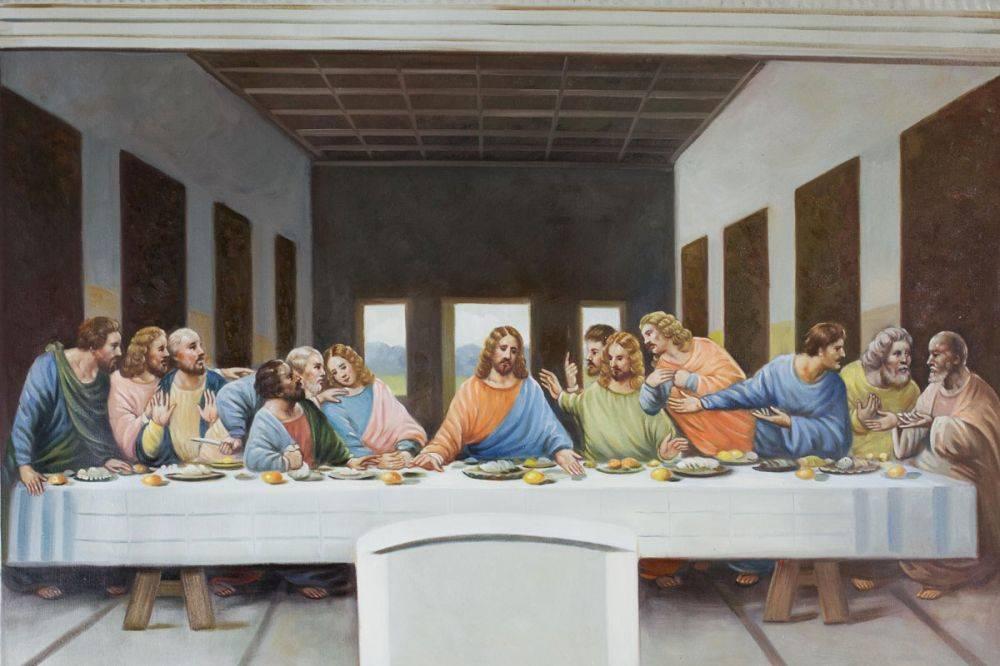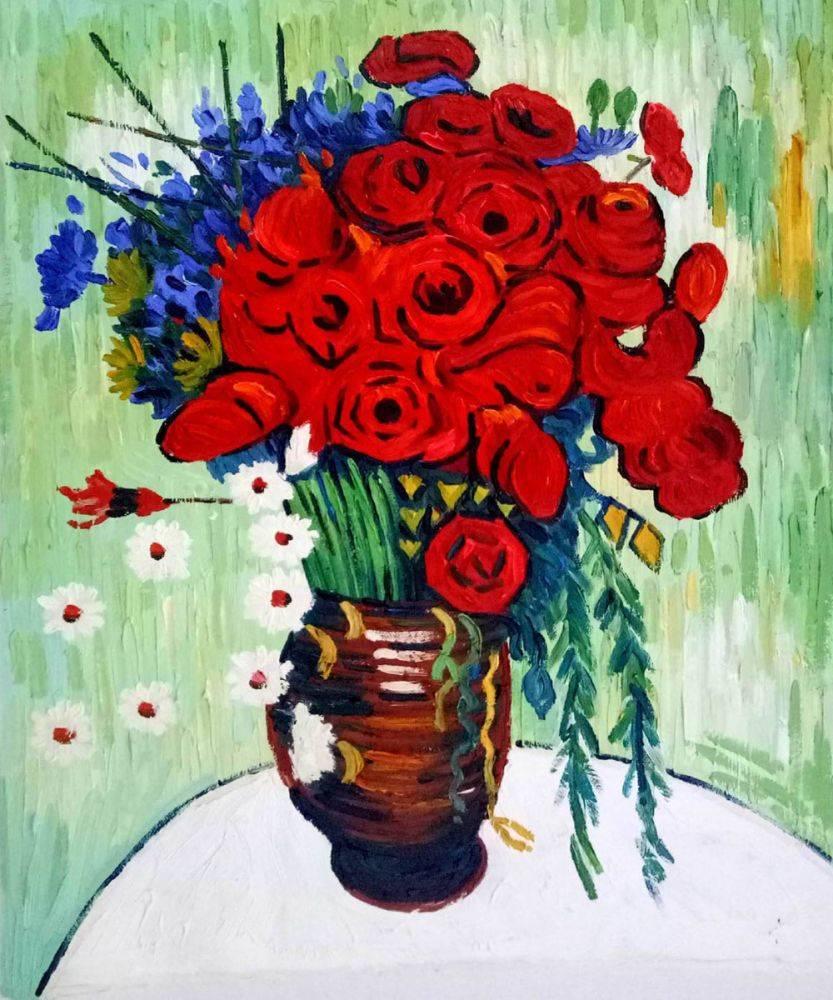Art
Vincent van Gogh’s Mutant Sunflowers – A Botanical Experiment
The word “mutant” conjures images of superheroes, space aliens and strange creatures. But sunflowers?
Yes. Vincent van Gogh’s obsession with sunflowers gripped him throughout his career. His 1888-1889 Sunflower Series is perhaps some of his most recognized and vibrant work. But the swirling, almost surrealistic portrayal of sunflowers weren’t a symptom of van Gogh’s mental illness.
His “teddy bear” sunflowers were – are – genetic mutants, so say scientists. And they’ve solved the mystery by cross-breeding different types of sunflowers and mapping their genetics.
According to plant biologist John Burke at the University of Georgia, “Sunflowers as a whole family, is the largest and most successful plant family on Earth. There’s a lot of floral variation going on, largely due to change in symmetry. We think the genes controlling this symmetry could play an extremely important role in their success.” Burke co-authored a study of sunflowers published online in PLoS Genetics.
 Sunflowers are not single flowers. Instead, they are clusters of hundreds of florets that vary, growing in two types: ray florets (petal-like flowers that edge the sunflower’s head and don’t develop seeds) and disc florets (tube-like flowers which grow seeds, filling the centers of the sunflower). But other florets are numerous, as well. Some are double-flowered (all ray-like florets). Some are call tubular (all disc-like). And some are in-between types like the “teddy bear” – a type that grows a combination of the two types of florets (double-flowered) and are highly prized by growers – and, it seems, van Gogh.
Sunflowers are not single flowers. Instead, they are clusters of hundreds of florets that vary, growing in two types: ray florets (petal-like flowers that edge the sunflower’s head and don’t develop seeds) and disc florets (tube-like flowers which grow seeds, filling the centers of the sunflower). But other florets are numerous, as well. Some are double-flowered (all ray-like florets). Some are call tubular (all disc-like). And some are in-between types like the “teddy bear” – a type that grows a combination of the two types of florets (double-flowered) and are highly prized by growers – and, it seems, van Gogh.
His Vase With Fifteen Sunflowers shows a few of these “teddy bears” while his work,
Two Cut Sunflowers provides an up-close view of this unusual – and coveted – type of sunflower. Van Gogh’s Sunflowers – First Version, showcases the difference between the types of flowers, with the “teddy bear” the focus of the painting.
As with his own mental and physical condition, van Gogh painted sunflowers in various stages of life: from full blooms in bright yellows to the dry browns of blooms deteriorating into death. The first of the sunflower paintings were done to decorate his friend Paul Gaugin’s bedroom.
However, it appears that van Gogh preferred to seize the symbol of happiness, of light and life, as he desperately tried to beat back the demons of depression. Said van Gogh in a letter to his brother Theo about the desire to paint the sunflowers:
Now that I hope to live with Gauguin in a studio of our own, I want to make decorations for the studio. Nothing but big flowers. Next door to your shop, in the restaurant, you know there is a lovely decoration of flowers; I always remember the big sunflowers in the window there.
If I carry out this idea there will be a dozen panels. So the whole thing will be a symphony in blue and yellow. I am working at it every morning from sunrise on, for the flowers fade so soon, and the thing is to do the whole in one rush.”
This one quote clearly demonstrates the hope that van Gogh clung to in creating a new life for himself, for a bright future both professionally and personally.
Although his life ended in tragedy by his own hand, van Gogh left us with symbols of brilliance – sunflowers of all types, bringing happiness and hope to heavy hearts – mutants or not.







